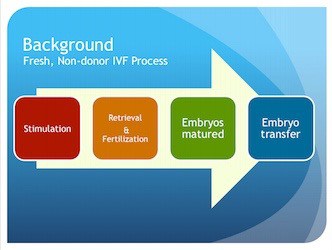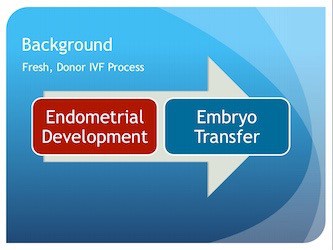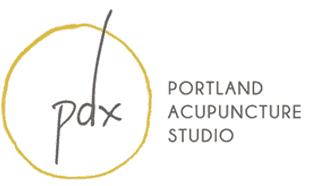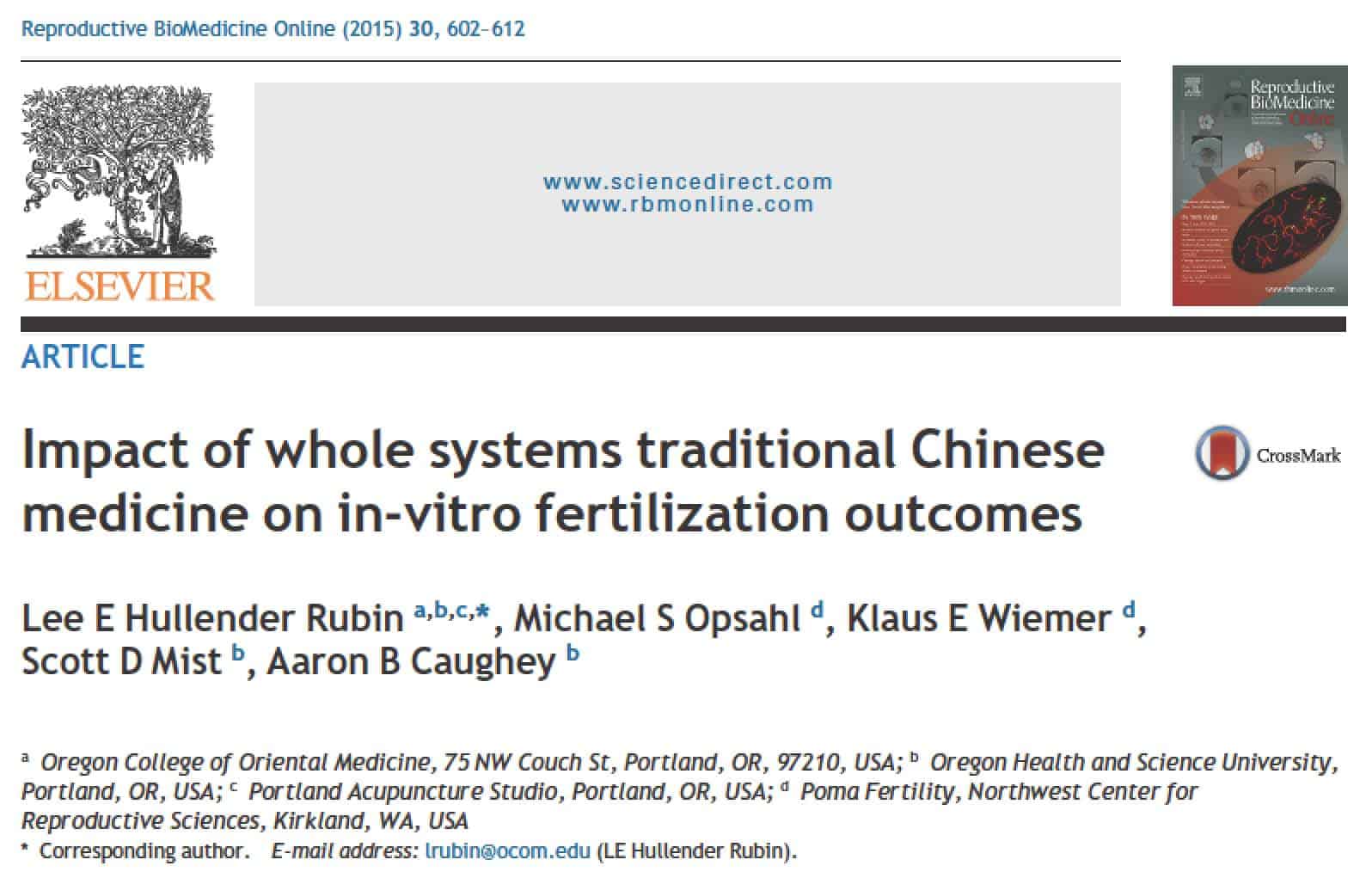by Lee Hullender Rubin, DAOM, LAc
Does acupuncture and TCM increase the chances of getting pregnant with IVF?
Savvy patients and doctors often ask a pointed question when we discuss integrating Traditional Chinese Medicine (TCM) and acupuncture with an in vitro Fertilization (IVF) cycle. Does acupuncture and TCM increase the chances of getting pregnant with IVF? The answer to this important question can shape patient decisions on whether to pursue the treatment and inform the recommendation of their IVF doctors. Until recently, we did not have much evidence beyond some expert texts, a smattering of research publications, and the acupuncturist’s own clinical experience. I am thrilled and humbled to report, we now have some evidence.
In addition to my work as a reproductive medicine acupuncturist and herbalist, I am also a clinical researcher. In my most recent paper published in the June issue of Reproductive Biomedicine Online, I looked at the impact of Traditional Chinese Medicine (TCM) on birth outcomes in women who completed an In Vitro Fertilization (IVF) cycle. I wanted to know if integrating acupuncture and TCM with IVF had any influence on pregnancy outcomes. The analysis was of great interest to me because I kept reading about the concerns with integrating complementary and alternative medicine (CAM) with IVF cycles. The argument against it suggested CAM treatments like Chinese herbs or nutritional supplements were largely untested and may not improve IVF outcomes. Of greater concern was CAM treatments like acupuncture or Chinese herbs could possibly cause harm outcomes. I was suspicious of the latter claim as that was not what my colleagues and I were seeing in clinical practice. But, as we all know, opinions are not facts. I decided to try and verify my observation.
Luckily for us, I was able to analyze more than five years of IVF outcomes in women who completed a cycle at the Northwest Center for Reproductive Sciences (NCRS). Before moving to Portland, I managed a successful IVF acupuncture program there with the help of an incredible group of acupuncturists, and the forward thinking doctors and staff at NCRS. It was common for IVF patients to receive a referral for acupuncture at the start of their IVF cycle and again on the day of their embryo transfer. In this post, let’s first talk about these different phases of the IVF process and the value of treatment at each of these time points during the cycle.
When we consider the body of research investigating acupuncture and IVF, most studies focus on three or less treatments provided on or around embryo transfer. Embryo transfer is the phase of an IVF cycle where the embryos are transferred back to the woman’s uterus. There are two types of IVF cycles that are included in my research. Let’s do a quick review.
Fresh versus Frozen
Fresh IVF cycles indicate that the embryo(s) transferred back into the intended mother’s uterus were never previously frozen. Frozen IVF cycles indicate the embryo(s) transferred were previously frozen and then thawed prior to embryo transfer. It used to be that fresh cycles were the preferred cycle type, as they resulted in the greatest odds of live birth. In recent years, advancements were made in the freezing methods with vitrification. Frozen embryos survive the freezing process at a much higher rate than before. This development in embryology contributes to better outcomes. As such, more cycles are moving toward this cycle type to allow for time to screen embryos for chromosomal abnormalities and, in some cases, allow for the patient to recover from than ovarian stimulation process and be better receptive to the embryo(s) once they are placed back in her uterus. Fresh non-donor cycles are a bit more taxing on the body than a fresh donor cycle. Let’s explain why.
Non-donor versus Donor
In fresh, non-donor cycles, the woman’s ovaries are stimulated with injectable hormone medications  that induce the development of several eggs at one time. Those eggs, once mature, are surgically retrieved from the ovaries, and then whisked away to the laboratory to be fertilized. After the eggs are fertilized, they are allowed to develop into embryos in the lab. Once the surviving embryos grow to the appropriate stage and any testing is completed, they are transferred back to the intended mother. During embryo transfer, the maturing embryos are placed in the uterus in the hopes they will implant and a pregnancy will ensue.
that induce the development of several eggs at one time. Those eggs, once mature, are surgically retrieved from the ovaries, and then whisked away to the laboratory to be fertilized. After the eggs are fertilized, they are allowed to develop into embryos in the lab. Once the surviving embryos grow to the appropriate stage and any testing is completed, they are transferred back to the intended mother. During embryo transfer, the maturing embryos are placed in the uterus in the hopes they will implant and a pregnancy will ensue.
Contrast that with the fresh, donor cycles. For donor cycles, the intended mother does not undergo ovarian stimulation and does not use her own eggs. Instead, an egg donor donates the eggs. At the same time, the intended mother takes hormones to thicken her uterine lining. Once the lining is at the right thickness and the eggs retrieved from the donor are fertilized and matured into viable embryos, the embryo transfer is performed.
If you compare the procedures for each IVF process, the non-donor process is a  bit more taxing on the body. It requires more hormones such as injected gonadotropins and procedures like the egg retrieval under light anesthesia. For some women, recovering from the ovarian stimulation and then the surgical ovarian retrieval takes a little more time. Now, with the advent of chromosomal screening of embryos that are then frozen for transfer in a later cycle, we see these two processes are broken up and yielding excellent birth outcomes.
bit more taxing on the body. It requires more hormones such as injected gonadotropins and procedures like the egg retrieval under light anesthesia. For some women, recovering from the ovarian stimulation and then the surgical ovarian retrieval takes a little more time. Now, with the advent of chromosomal screening of embryos that are then frozen for transfer in a later cycle, we see these two processes are broken up and yielding excellent birth outcomes.
In the next post, I will talk about the three treatment groups in this study.





